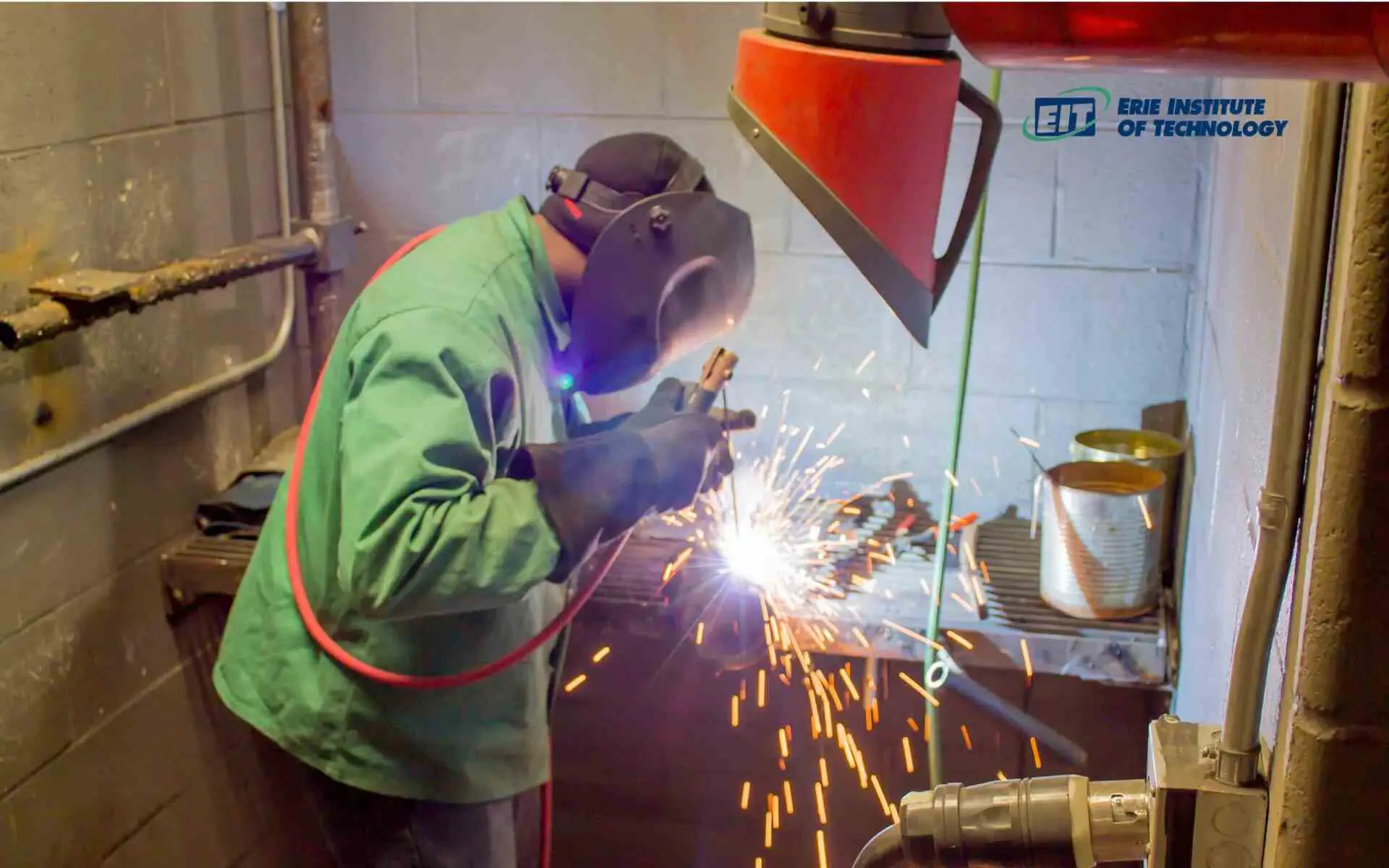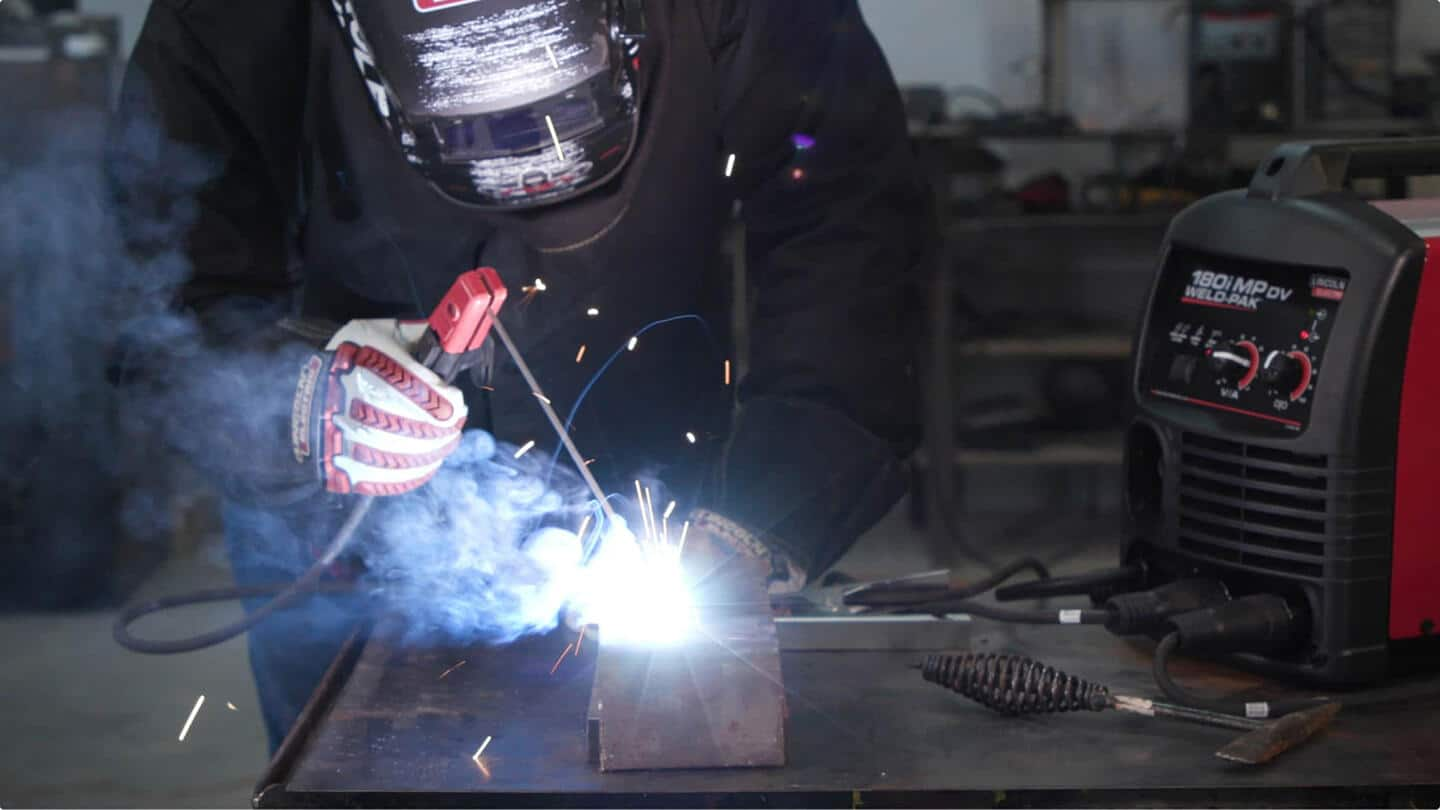The Ultimate Guide to Welding WPS Procedures: A Comprehensive Summary for Welders
In the detailed globe of welding, Welding Treatment Requirements (WPS) offer as the foundation of guaranteeing high quality, consistency, and safety and security in welding operations (welding WPS). As we dig into the various parts of a WPS and explore the intricacies of certification and qualification, we will certainly reveal the crucial role these treatments play in the world of welding.
Importance of WPS Procedures
Understanding the relevance of Welding Procedure Requirements (WPS) procedures is important for making sure the top quality and stability of bonded structures. WPS treatments act as a roadmap for welders, detailing the needed steps, parameters, and materials required to attain an audio weld. By adhering to WPS standards, welders can make sure consistency in their job, leading to structurally audio and reliable welds.
One of the main factors why WPS treatments are essential is their duty in preserving weld top quality and stability. Adhering to the defined welding parameters and strategies laid out in the WPS aids protect against defects such as porosity, fracturing, or insufficient fusion, which can endanger the stamina and resilience of the weld.

Components of a WPS
A Welding Procedure Requirements (WPS) typically consists of necessary parts that detail the certain requirements for carrying out a weld, making sure uniformity and quality in the welding procedure. The key parts of a WPS consist of vital variables such as base metals, filler metals, interpass and preheat temperatures, welding processes, securing gases, welding settings, and post-weld warmth treatment needs.
Base metals refer to the products being signed up with, while filler steels are utilized to fill up the gap between the base metals during welding. The welding procedure describes the certain method to be used, whether it's gas steel arc welding (GMAW), shielded metal arc welding (SMAW), or another technique. Welding placements specify the alignments in which welding can be done.

Qualification and Certification
Having established the crucial elements of a Welding Treatment Specification (WPS), the emphasis now moves in the direction of the important facets of certification and accreditation in welding methods.

Accreditation, on the various other hand, is the official acknowledgment of a welder's credentials by a relevant qualification body or organization. Welding qualifications are normally based on the certain welding processes, products, and placements a welder is certified to deal with. Holding a legitimate welding certification shows that a welder meets market criteria and is experienced to carry out welding jobs to the needed requirements.
Developing a WPS
To create a Welding Treatment Requirements (WPS) that meets industry criteria, careful consideration of welding processes, materials, and operational criteria is vital (welding WPS). The very first step in developing a WPS is to identify the welding process to be utilized, such as gas steel arc welding (GMAW) or secured metal arc welding (SMAW) When the welding process is established, the next essential aspect is choosing the appropriate products, thinking about elements like base metal type, density, and joint layout. Operational parameters such as welding present, voltage, traveling rate, and securing gas composition should additionally be meticulously defined in the WPS.

Applying and Keeping Track Of WPS
Upon wrapping up the comprehensive Welding Treatment Spec (WPS) that meticulously details welding procedures, products, functional parameters, and quality assurance actions, the emphasis changes to effectively carrying out and monitoring the established procedures. Application includes making sure that all welders entailed in the project know with the WPS and follow it meticulously throughout the welding procedure. This calls for offering ample training and guidance to assure adherence to the specified treatments. Monitoring the WPS includes constant oversight to verify that welding tasks line up with the recorded requirements. Inspections, screening, and high quality control procedures are essential elements of the tracking procedure to identify any inconsistencies or issues quickly. Normal audits and testimonials of the welding procedures aid in maintaining consistency and top quality throughout the job. Effective execution and monitoring Click This Link of the WPS are crucial for making sure the stability, strength, and security of the bonded joints, eventually contributing to the total success of the welding task.
Final Thought
Finally, understanding and following Welding Procedure Specifications (WPS) is crucial for from this source welders to ensure top quality, uniformity, and safety and security in their work. By recognizing the parts of a WPS, getting proper certifications and certifications, creating in-depth procedures, and applying and checking them efficiently, welders can enhance their skills and proficiency in welding methods. Sticking to WPS procedures is crucial for creating premium welds and conference industry criteria.
In the detailed world of welding, Welding Procedure Specs (WPS) serve as the foundation of making certain quality, consistency, and safety and security in welding operations. The welding procedure lays out the particular method to be utilized, whether it's gas steel arc welding (GMAW), secured steel arc welding (SMAW), or an additional method.To establish a Welding Procedure Specification (WPS) that fulfills market criteria, mindful factor to consider of welding processes, materials, and operational criteria is essential. The first action in creating a WPS is to identify the welding process to be made use of, such as gas metal arc welding (GMAW) or secured steel arc welding (SMAW)Upon settling the extensive Welding Procedure Specification (WPS) that thoroughly information welding processes, materials, operational parameters, and quality guarantee steps, the focus moves to successfully implementing and keeping track of the recognized treatments.